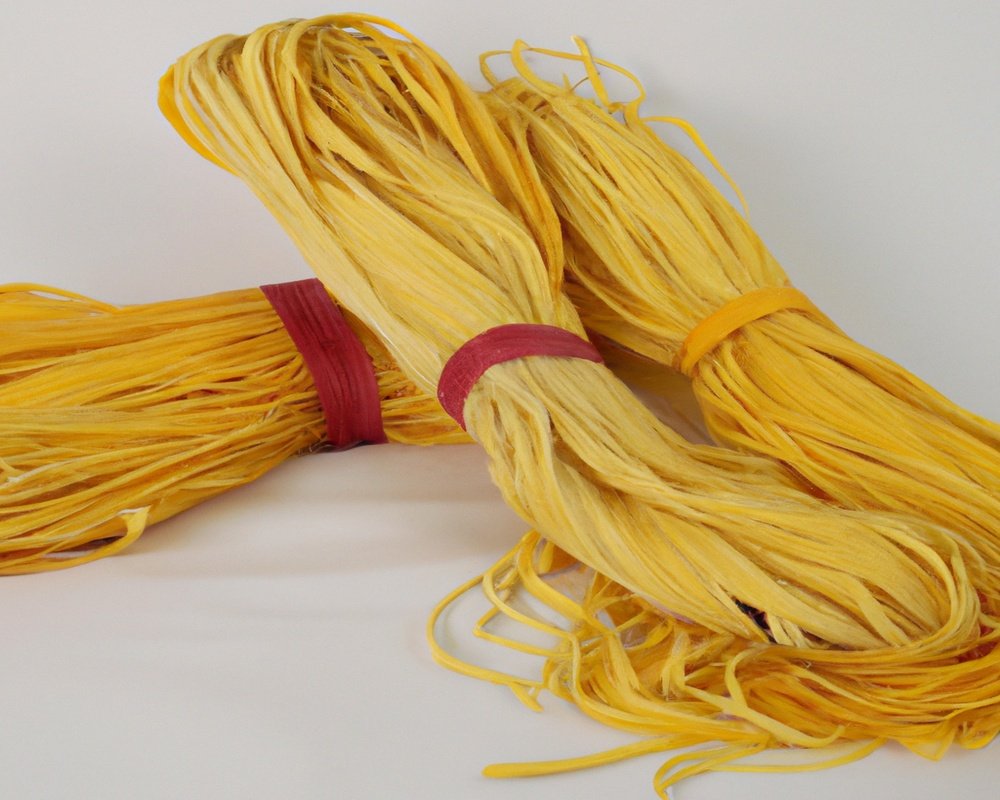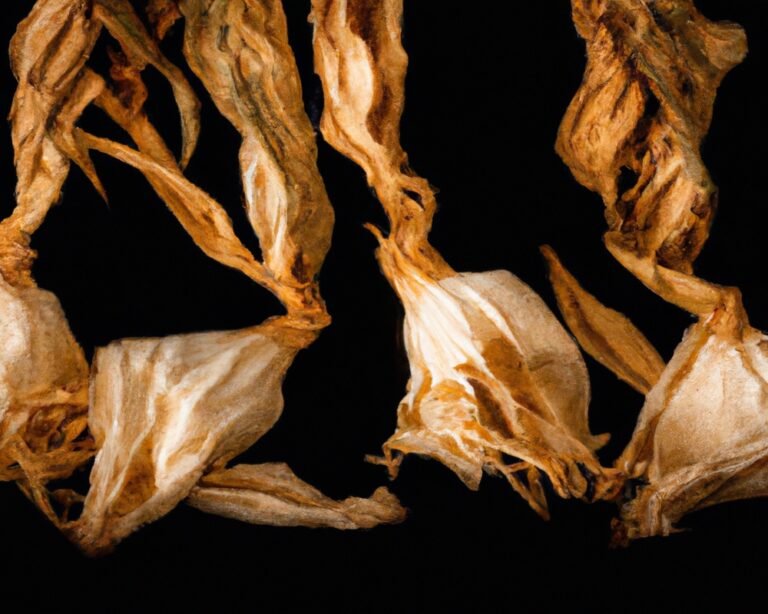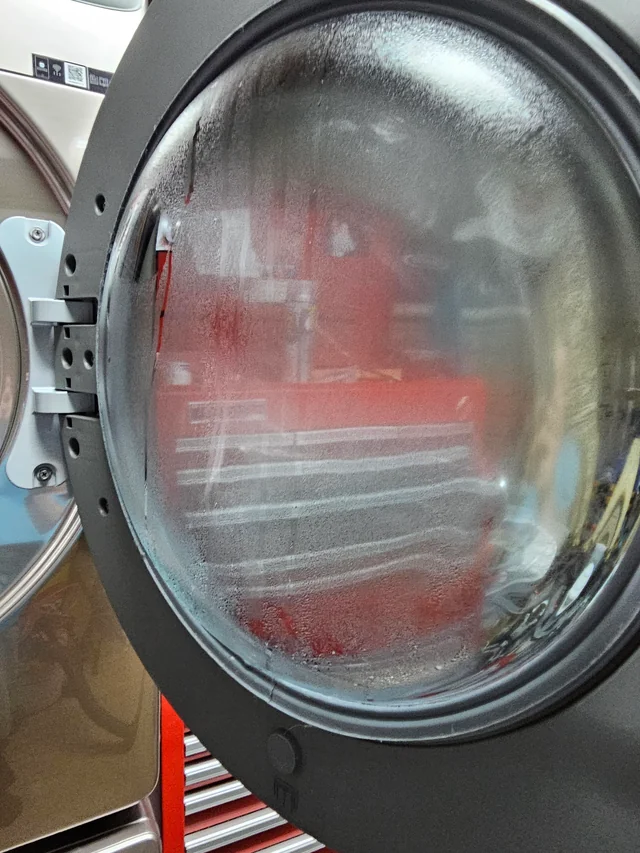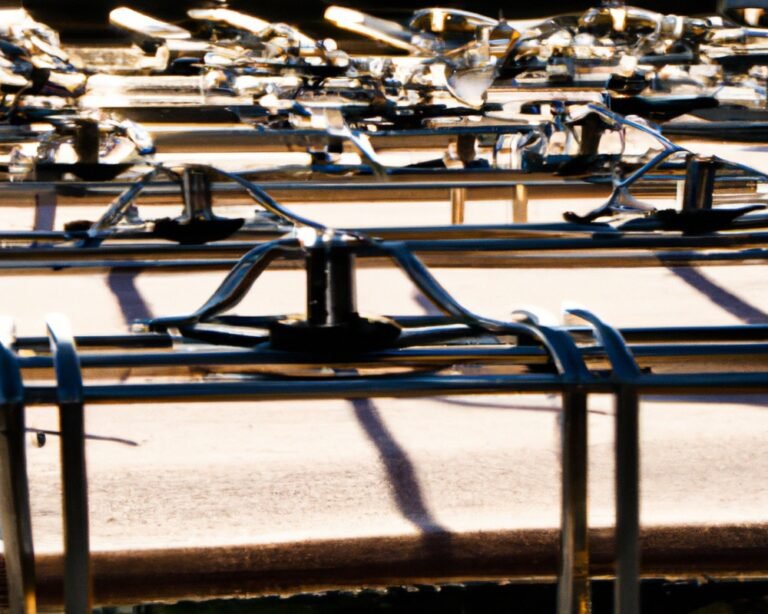Drying By Heat: Efficient and Quick
Key Takeaways:
- Drying by heat is a common method used to remove moisture from various materials.
- This process involves applying heat to speed up evaporation, resulting in the removal of water content.
- Drying by heat is widely employed in industries such as food processing, pharmaceuticals, and agriculture.
- The efficiency and effectiveness of heat drying depend on factors such as temperature, air flow, and the type of material being dried.
Are you ready to dive into the fascinating world of drying by heat? Picture this: you’re standing in front of a clothesline on a hot summer’s day, feeling the warmth of the sun helping your clothes dry.
Now, imagine harnessing that power on a larger scale and for various materials.
That’s exactly what drying by heat is all about. In this article, I’ll guide you through the science behind this process, explore its different methods, and delve into its wide range of applications.
From food preservation to industrial processes, drying by heat is an essential technique we encounter in our daily lives without even realizing it.
So, let’s turn up the heat and get started!
| Method | Advantages | Disadvantages |
|---|---|---|
| Direct Sun Drying |
|
|
| Oven Drying |
|
|
| Food Dehydrator |
|
|
| Freeze Drying |
|
|
Understanding the Drying Process
Understanding the drying process involves gaining knowledge about how heat is used to remove moisture from materials.
What is Drying by Heat?
Drying by heat is a process in which heat is used to remove moisture from a substance or material. This is achieved by increasing the temperature of the substance, causing the moisture to evaporate.
The heat provides the necessary energy for the water molecules to convert from liquid to gas, allowing them to escape into the surrounding air.
This method is commonly used in various industries, such as food processing and manufacturing, to preserve and prolong the shelf life of products.
Why is Drying by Heat Used?
Why is Drying by Heat Used?
Drying by heat is commonly used because it helps to remove moisture from various materials.
Here’s why it is a preferred method:
- Efficiency: Heat accelerates the drying process, allowing for quicker results and increased productivity.
- Preservation: By removing moisture, heat drying helps to prevent the growth of bacteria, mold, and other microorganisms that can spoil or damage materials.
- Uniformity: Heat provides a consistent and even distribution of drying, ensuring that all parts of the material are thoroughly dried.
- Versatility: Drying by heat can be applied to a wide range of materials such as food, textiles, wood, and pharmaceuticals.
- Cost-effectiveness: Heat drying is often more cost-effective compared to other drying methods, making it a popular choice for industrial and commercial applications.
Overall, drying by heat is a reliable and efficient method that offers numerous advantages in terms of speed, preservation, uniformity, versatility, and cost-effectiveness.

The Science Behind Drying by Heat
Heat plays a vital role in drying by facilitating evaporation and increasing vapor pressure.
How Heat Helps in Drying
Heat helps in drying by increasing the rate of evaporation.
When an object is heated, the molecules within it gain energy and become more active.
This increased activity causes the water molecules to move faster, eventually turning into vapor and escaping into the surrounding air.
The higher the temperature, the faster this process occurs.
Heat also helps in drying by reducing the relative humidity of the air.
When the air is warmer, it can hold more moisture, allowing it to absorb the water vapor more effectively.
This combination of increased evaporation and lower humidity helps to speed up the drying process.

The Role of Temperature in Drying
The role of temperature in drying is crucial. Increasing the temperature speeds up the drying process by promoting evaporation.
Higher temperatures cause the molecules in the material to move faster, increasing their kinetic energy.
This energy facilitates the transition of water from a liquid to a vapor state. It’s important to note that different materials have different optimal drying temperatures, and excessive heat can also lead to undesirable effects like shrinkage or quality degradation.
Monitoring and controlling the temperature is essential for efficient and effective drying.
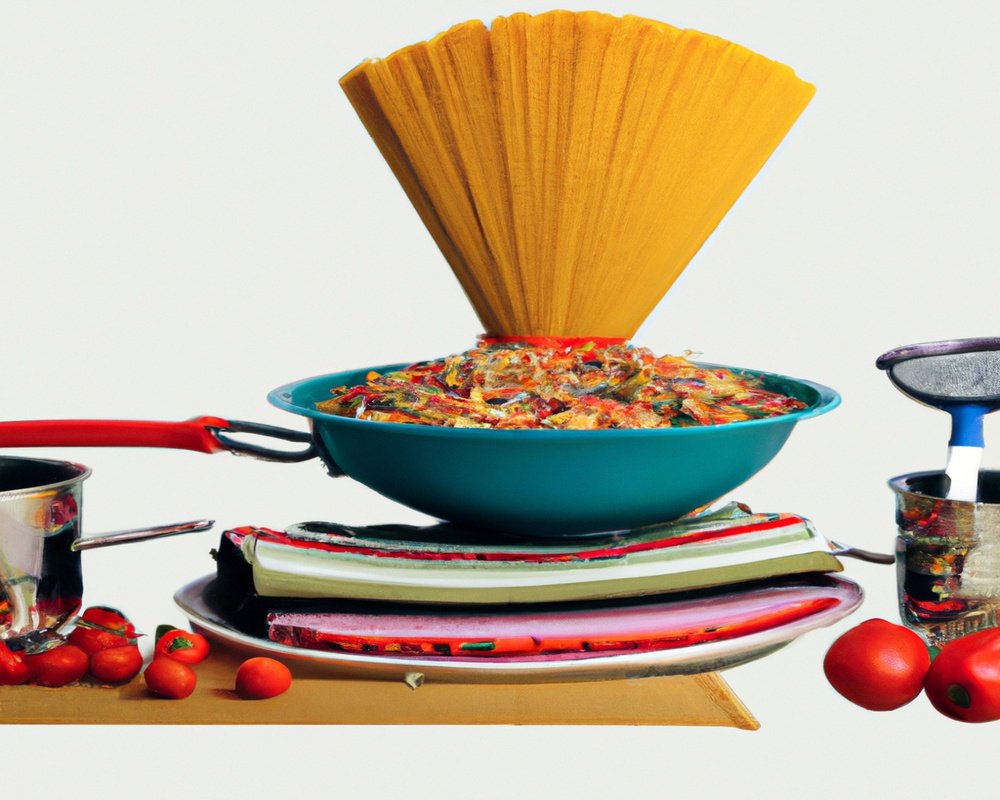
Understanding Evaporation and Vapor Pressure
Understanding evaporation and vapor pressure is essential when it comes to the process of drying by heat. Evaporation is the process by which a substance changes from a liquid to a gas.
It occurs when the molecules at the surface of a liquid gain enough energy to become a gas.
Vapor pressure, on the other hand, refers to the pressure exerted by the vapor of a substance in equilibrium with its liquid phase. This pressure increases with temperature, meaning that higher temperatures lead to increased vaporization.
When drying by heat, the goal is to increase the vapor pressure of the liquid to facilitate evaporation.
By applying heat, we provide the necessary energy for the molecules at the liquid’s surface to transition into the gas phase more quickly. Understanding the relationship between evaporation and vapor pressure allows us to control and optimize the drying process.
By adjusting the temperature and controlling the humidity, we can speed up or slow down evaporation to meet our specific drying needs.
Different Methods of Drying by Heat
There are various methods of drying by heat including hot air drying, microwave drying, and infrared drying.
Hot Air Drying
Hot Air Drying is a method of drying that uses heated air to remove moisture from a material or product. The hot air is circulated around the material, speeding up the evaporation process.
This method is commonly used in various industries, including food processing, paper manufacturing, and textile production.
Hot Air Drying is effective and efficient, providing a quick way to dry large quantities of materials. It is also a cost-effective option as it requires less energy compared to other drying methods.
Microwave Drying
Microwave drying is a fast and efficient method for removing moisture from various substances. It works by utilizing electromagnetic waves to heat up the water molecules within the material, causing them to evaporate.
This process is particularly useful for drying food items and can help to retain their flavor, color, and nutritional value.
Additionally, microwave drying can be more energy-efficient compared to traditional methods such as air or oven drying. However, it’s important to note that not all materials are suitable for microwave drying, so it’s crucial to follow the manufacturer’s instructions and guidelines to ensure safe and effective results.
Infrared Drying
Infrared drying is a method that utilizes infrared radiation similar to drying on radiators to remove moisture from various materials. The infrared radiation heats the material, causing the moisture to evaporate.
This process is efficient and quick, as the infrared energy directly heats the material without the need for a heated air stream.
Infrared drying is commonly used in industries such as food processing, painting, and textiles. It offers advantages such as shorter drying times, energy efficiency, and the ability to control the drying process accurately.
Applications of Drying by Heat
Drying by heat is widely used for food preservation, industrial processes, and in the textile and paper industries.
Food Preservation
Food preservation is a vital aspect of ensuring food safety and reducing waste. One effective method is drying by heat.
It involves removing moisture from food to inhibit the growth of bacteria and fungi.
This method not only extends the shelf life of food but also helps retain its nutritional value. By using techniques such as sun drying, dehydrators, or ovens, food can be preserved for longer periods.
Some commonly dried foods include fruits, vegetables, meats, and herbs.
Industrial Drying Processes
Industrial drying processes involve the removal of moisture from materials in a controlled manner using heat.
These processes are widely used in various industries like food processing, pharmaceuticals, ceramics, and chemicals.
The main goal is to reduce the moisture content to improve product quality, increase shelf life, and enable further processing or storage.
Industrial drying can be achieved through methods such as hot air drying, freeze drying, spray drying, and vacuum drying.
Each method has its own advantages and is chosen based on the specific requirements of the industry and the material being dried.
Drying in Textile and Paper Industries
Drying in the textile and paper industries plays a vital role in ensuring the quality and durability of the products. In textile manufacturing, heat drying is used to remove excess moisture from fabrics, preventing shrinkage and maintaining their desired shape.
In the paper industry, drying is crucial for removing water from the paper pulp, allowing the fibers to bond and form a strong, uniform sheet.
Efficient drying methods are essential to enhance productivity and achieve desired final product properties.
Pros and Cons of Drying by Heat
Drying by heat offers advantages such as speed and effectiveness, but it also has limitations and challenges.
Advantages of Heat Drying
Heat drying offers several advantages in the drying process. Firstly, it is a quick and efficient method, allowing for faster drying times compared to other techniques.
This can be important in industries where time is of the essence.
Secondly, heat drying helps to eliminate moisture, reducing the risk of mold and bacteria growth. Additionally, this method can be customized to specific temperature requirements, ensuring optimal drying conditions.
Lastly, heat drying is a cost-effective solution, as it requires minimal equipment and energy, making it an attractive option for many businesses.
Limitations and Challenges
Limitations and challenges of drying by heat include potential damage to heat-sensitive materials, longer drying times for thick or dense materials, and the need for proper ventilation to prevent the accumulation of moisture.
Additionally, high energy consumption and cost may be a concern, especially for large-scale drying operations.
Insufficient control of temperature and humidity levels can also affect the quality of the dried product.
It is important to carefully consider these factors when deciding on a drying method.
Tips for Effective Drying by Heat
To ensure effective drying by heat, focus on temperature and time control, prepare the materials properly, and ensure proper ventilation.
Temperature and Time Control
To effectively control the drying process, two key factors to consider are temperature and time.
Temperature plays a critical role in achieving the desired moisture reduction.
It should be set at an optimal level to promote efficient drying without causing damage.
Additionally, time control is essential to prevent under or over drying.
Monitoring the duration allows for precise control over the moisture content.
Adjusting these variables appropriately ensures effective and successful drying.
Keep in mind, maintaining proper temperature and time control leads to consistent and high-quality results.
Preparing the Materials
Preparing the materials is an important step in the drying process.
Start by sorting the items you want to dry and separating them based on their size and type.
Make sure to remove any excess dirt or debris from the materials before drying them.
If necessary, cut or trim the materials to ensure they are of uniform size.
Properly arranging the materials on a drying rack or surface is also crucial for effective drying.
Additionally, consider using a gentle detergent or solution to wash the materials before drying, if applicable.
Taking these steps will help ensure that your materials dry effectively and efficiently.
Proper Ventilation
Proper ventilation is essential for effective drying by heat. It allows for the removal of moisture and helps prevent the growth of mold and mildew.
Here are a few tips for ensuring proper ventilation during the drying process:
- Open windows and doors to allow fresh air to circulate.
- Use fans or air movers to increase airflow.
- Position dehumidifiers strategically to aid in moisture removal.
- Make sure that vents and exhaust fans are clean and clear of any obstructions.
- Regularly check and clean air filters to optimize airflow.
By ensuring proper ventilation, you can maximize drying efficiency and promote a healthy environment.
Frequently Asked Questions
Can heat drying cause damage to the dried product?
Can heat drying cause damage to the dried product?
Yes, heat drying can potentially damage the dried product.
High temperatures can lead to the loss of essential nutrients, flavor, and texture.
It can also result in the formation of undesirable compounds, discoloration, and overall reduced quality.
To minimize damage, it is important to carefully regulate the drying temperature and duration, as well as choose appropriate drying methods for different types of products.
Final Verdict
Drying by heat is a widely used process with numerous applications in various industries.
Understanding the science behind drying by heat, such as the role of temperature, evaporation, and vapor pressure, is crucial for effective drying.
Different methods like hot air drying, microwave drying, and infrared drying offer flexibility in achieving desired outcomes.
While heat drying offers advantages like faster drying time and preservation of food, it also has limitations and challenges.
However, by following proper temperature and time control, preparing materials appropriately, and ensuring proper ventilation, one can optimize the heat drying process.
Safety precautions should also be taken into consideration.
Ultimately, heat drying is a valuable technique that plays a crucial role in preserving and processing different materials.

